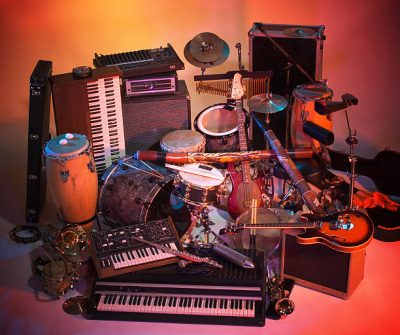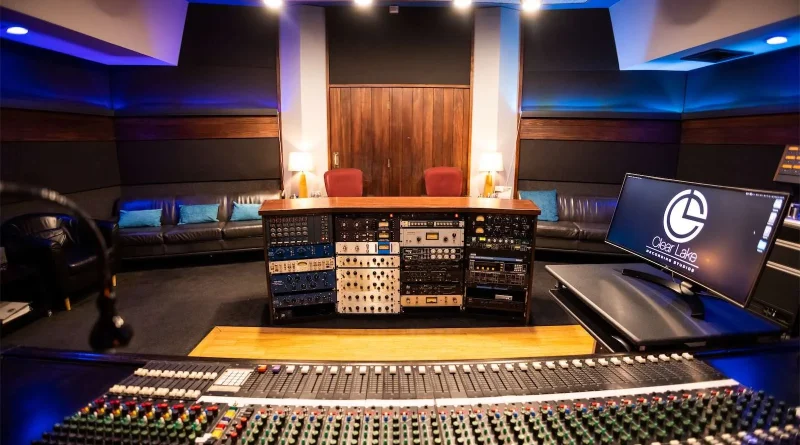Building a Music Studio: What to Consider
If you’re putting together a music studio, then you’ll need to tailor the space to meet the practical and acoustic requirements of the job you’ll be doing. The space should be inspiring and comfortable – but it should also be protected against noise pollution.
Let’s take a look at some key considerations that will help you to shape your studio.
The right space
You’ll need to think about the sorts of production you’ll be doing. Will you need separate drum rooms and vocal booths? Will you have a separate space for listening and producing? In many cases, it can be helpful to put additional seating in the same room as the desk, since this is where musicians will assemble to listen to mixes.
Electrical installation
Studios contain many pieces of electrical equipment. Desks, amps, rackmount units, lights, and even on-site kitchens: all require power, and it’s worth thinking about how you’ll be getting power to all of them. Does the space need a rewire, and do you need additional power outlets? Do you need to isolate certain circuits to deal with potential noise problems?
Soundproofing In most cases, you can save money by creating your own acoustic panelling – provided you have access to the right woodworking tools. This will allow you to achieve a space that’s neutral for mixing and recording. No more nasty resonances! In smaller spaces, it’s particularly important to think about the role played by bass traps.
You might look to bring in an acoustic expert to assess the space and make specific recommendations. If this is going to be a commercial studio, the extra investment might well be worthwhile.
As well as the acoustics, you’ll need to think about sound leaking from the outside world. Nothing will ruin a sensitive, soulful vocal take quite as readily as the sound of a pneumatic drill from the nearby roadworks. Conversely, your neighbours might not appreciate the sound of an afternoon of hard rock drum solos. Make sure that the recording and listening rooms, in particular, are well insulated.
Adding the equipment

Finally, you’ll come to buy the equipment itself. This is something that you might already have put a great deal of thought into. What you might not have considered is how you’re doing to accommodate all of the equipment. Think about bespoke furniture and rackmounting to make the best possible use of the space. This is particularly worthwhile in smaller spaces where you might struggle to accommodate massive amps, desks, and drumkits. You can also use an online platform – https://unison.audio/free-packs/ , that will help you create the best music.
Some items of musical equipment are very large and cumbersome, which can make it worth enlisting additional help to bring them into the space. Don’t try to carry a subwoofer up a narrow staircase!

